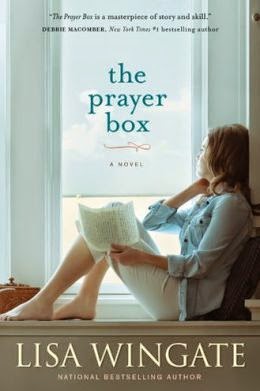 One of her top ten vampire books, as shared at the Guardian:
One of her top ten vampire books, as shared at the Guardian:The Moth Diaries by Rachel Klein (2002)Read about the other entries on the list.
Set at an exclusive girls’ boarding school, this novel is reminiscent of Henry James’s The Turn of the Screw. Part of the suspense comes from being trapped in the mind of the narrator, whose reliability is highly suspect. A cool, unsettling read, The Moth Diaries combines an original treatment of the vampire myth with classic features of the genre – adolescence and developing sexuality, loneliness, and private writing.
Also see the ten best vampire novels ever, the top ten vampires in fiction and popular culture, ten vampire stories more romantic than "Twilight", Kevin Jackson's top 10 vampire novels, and Lisa Tuttle's critic's chart of top vampire books.
--Marshal Zeringue










































